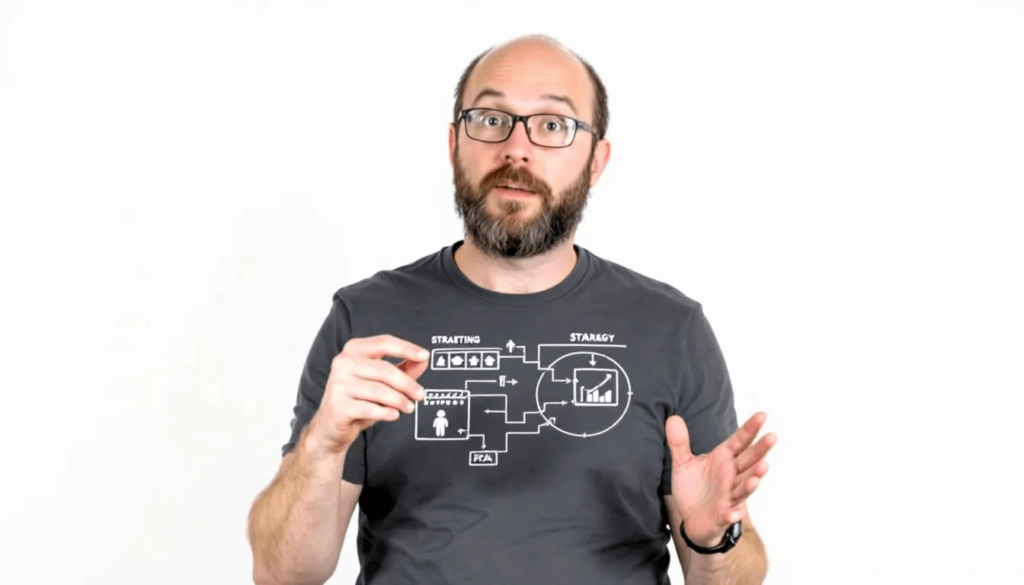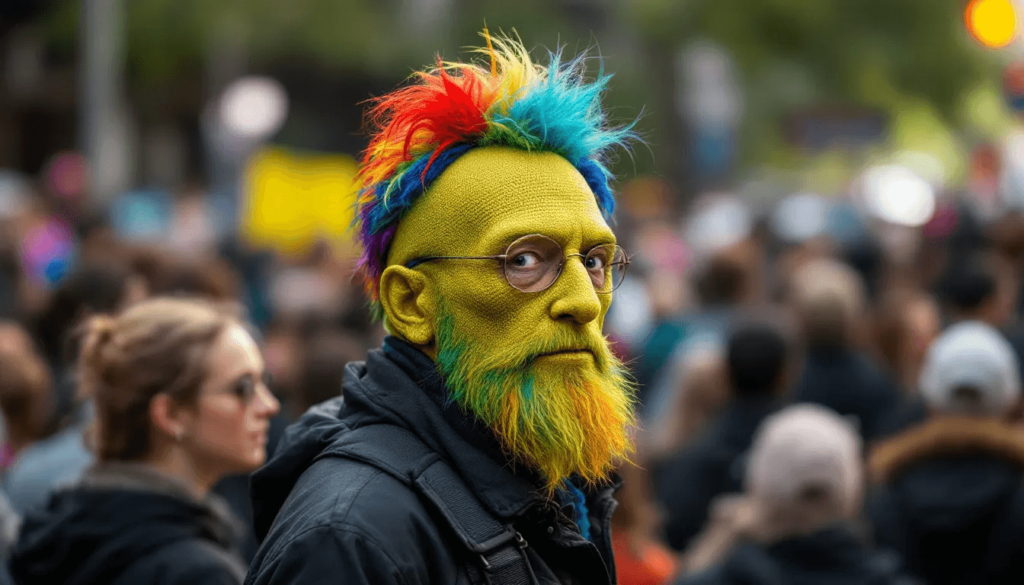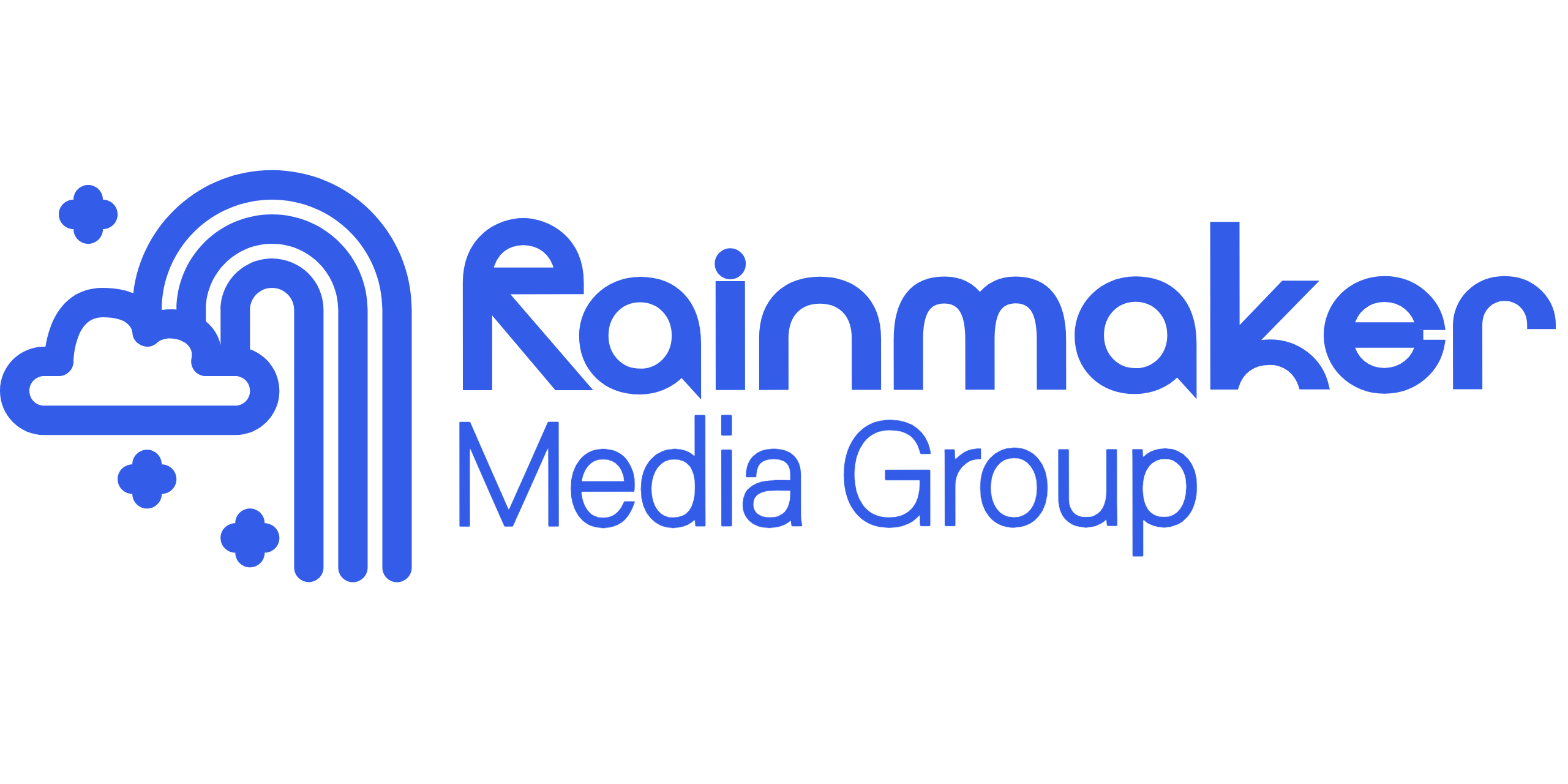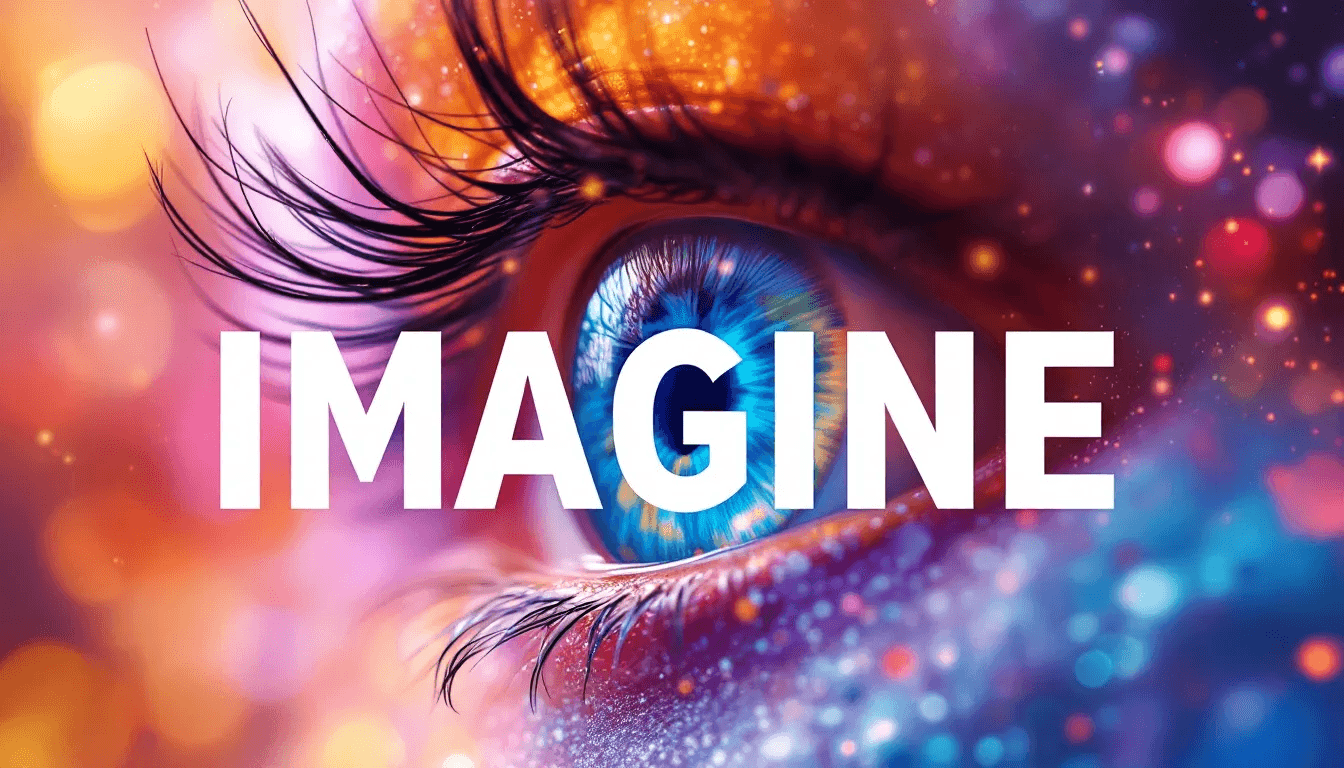Welcome to the vibrant world of visual storytelling! In today’s fast-paced digital landscape, capturing your audience’s attention is more challenging than ever. Did you know that content with visuals gets 94% more views than text-only content? That’s right! Visual storytelling isn’t just a buzzword; it’s a powerful tool that can transform your content marketing strategy. By weaving compelling narratives through images, videos, and graphics, you can create memorable experiences that resonate with your audience on a deeper level. Let’s dive into how you can harness this power to elevate your brand’s storytelling game.
Understanding Visual Storytelling

Alright, let’s dive into the fascinating world of visual storytelling and why it’s such a game-changer in content marketing. Imagine you’re flipping through a magazine or scrolling through your social media feed. What catches your eye first? Probably not the blocks of text, right? It’s the images, the videos, the vibrant graphics that make you pause and take a closer look. That’s the essence of visual storytelling—using visuals to tell a story that resonates with your audience.
Defining Visual Storytelling and Its Importance
Visual storytelling is all about using images, videos, and other visual media to convey a narrative. It’s like telling a story without words, or at least with fewer words. This approach is crucial in content marketing because it taps into the way our brains are wired. We process visuals 60,000 times faster than text. That’s mind-blowing, isn’t it? In a world where attention spans are shrinking, visuals can grab attention quickly and effectively.
Read: Visual Storytelling and Its Advantages in Marketing
But it’s not just about grabbing attention. Visual storytelling creates an emotional connection with your audience. Think about it—when you see a powerful image or a moving video, it stirs something inside you. It might make you feel happy, sad, inspired, or even nostalgic. These emotions are powerful drivers of decision-making. When your audience feels something, they’re more likely to engage with your content, remember your brand, and even take action.
Read: The Power of Visual Storytelling in Content Marketing
The Psychological Impact of Visuals on Audience Engagement
Now, let’s talk psychology. Visuals have a profound impact on how we perceive and engage with content. They evoke emotions, and emotions are at the heart of decision-making. When you use visuals in your storytelling, you’re not just sharing information; you’re creating an experience. This experience can lead to higher engagement rates because people are naturally drawn to content that makes them feel something.
Read: The Power of Images and Videos in Content Marketing
I remember when I first started using visuals in my content. I was skeptical at first, thinking, “Can a picture really make that much of a difference?” But then I noticed a significant uptick in engagement. People were commenting more, sharing my posts, and even reaching out to me directly. It was like a light bulb moment—visuals weren’t just an add-on; they were a necessity.
Simplifying Complex Concepts with Visuals
Visuals also play a crucial role in simplifying complex concepts. Have you ever tried to explain something complicated using just words? It’s tough, right? But throw in a diagram, an infographic, or a video, and suddenly, it all makes sense. Visuals can break down complex information into digestible chunks, making it easier for your audience to understand and retain.

I once had to explain a complicated marketing strategy to a client. I tried using a detailed report, but it just wasn’t clicking. Then, I created a simple infographic that laid out the strategy step-by-step. The client got it immediately. It was a classic case of “show, don’t tell,” and it worked wonders.
In conclusion, visual storytelling isn’t just a trend; it’s a fundamental shift in how we communicate. By leveraging the power of visuals, you can create content that not only captures attention but also builds deeper connections with your audience. So, next time you’re crafting a piece of content, think about how you can incorporate visuals to tell your story more effectively. Trust me, your audience will thank you for it.
Benefits of Visual Storytelling in Marketing
Ah, visual storytelling in marketing—it’s like the secret sauce that makes everything taste better. When I first stumbled upon this concept, I was skeptical. I mean, how much could a few pictures and videos really change the game? But boy, was I in for a surprise! Let me share some insights and personal experiences that highlight why visual storytelling is such a powerhouse in marketing.
Enhancing Audience Engagement and Retention

Let’s start with engagement and retention. Visual storytelling is like a magnet for attention. It captures and holds your audience’s gaze, making them more likely to stick around and absorb your message. I remember the first time I used a video to explain a product feature. Instead of a long-winded text description, I created a short, snappy video. The engagement metrics were off the charts! People were not only watching the video but also sharing it and commenting on it. It was like the content had come alive.
Read: Visual Storytelling is a Big Factor in Marketing Success
Visuals make information more digestible and memorable. Think about it—when you see a compelling image or a well-crafted infographic, it sticks with you. This is because our brains are wired to process visuals faster and retain them longer than text. So, if you want your audience to remember your message, visuals are your best friend.
Building Stronger Emotional Connections
Now, let’s talk about emotions. Visual storytelling is a master at tugging at the heartstrings. It helps brands connect with their audience on a deeper level by evoking emotions that resonate. I once worked on a campaign for a non-profit organization. We used a series of powerful images and stories to highlight the impact of their work. The response was overwhelming. People were moved to tears and inspired to take action. It was a testament to the power of visuals in building emotional connections.
When you tell a story through visuals, you’re not just conveying information; you’re creating an experience. This experience fosters a sense of empathy and understanding, making your audience feel more connected to your brand. It’s like inviting them into your world and sharing a piece of your journey.
Increasing Shareability and Virality of Content
Finally, let’s discuss shareability and virality. Visual content is inherently more shareable. It’s engaging, entertaining, and easy to consume, making it more likely to be shared across social media platforms. I remember a time when I created a simple meme for a brand’s social media page. It was funny, relatable, and visually appealing. Within hours, it went viral, reaching thousands of people beyond our usual audience. It was a clear example of how visuals can amplify your reach and visibility.
The beauty of visual storytelling is that it transcends language barriers. A powerful image or video can communicate a message universally, making it accessible to a broader audience. This universality is what makes visual content so potent in today’s globalized world.
In conclusion, visual storytelling is not just a nice-to-have; it’s a must-have in modern marketing. It enhances engagement, builds emotional connections, and boosts shareability, making your content more impactful and memorable. So, if you’re not already using visuals in your marketing strategy, it’s time to start. Trust me, your audience—and your metrics—will thank you for it.
Key Elements of Effective Visual Storytelling
Alright, let’s chat about what makes visual storytelling truly effective. It’s not just about slapping a few pretty pictures together and calling it a day. There’s a real art to it, and when done right, it can elevate your marketing game to new heights. Let me share some insights and personal experiences that highlight the key elements of effective visual storytelling.
Importance of a Compelling Narrative Structure
First things first, let’s talk about narrative structure. A compelling narrative is the backbone of any good story, visual or otherwise. It’s what keeps your audience hooked from start to finish. Think of it like a rollercoaster ride—there’s a build-up, a climax, and a resolution. Without this structure, your story might fall flat, leaving your audience confused or uninterested.
I learned this the hard way when I first started dabbling in visual storytelling. I created a series of images for a campaign, but they lacked a cohesive narrative. The result? Crickets. No engagement, no shares, nothing. It was a wake-up call that taught me the importance of crafting a story that flows logically and emotionally. Now, I always start with a clear storyline in mind, ensuring each visual element contributes to the overall narrative.
Utilizing High-Quality Visuals: Photography, Graphics, and Videos
Next up, let’s discuss the visuals themselves. High-quality visuals are non-negotiable. Whether it’s photography, graphics, or videos, the quality of your visuals can make or break your storytelling efforts. Blurry images or poorly edited videos can distract from your message and undermine your credibility.

I remember a project where I used some low-res images because I was in a rush. Big mistake. The feedback was brutal, and I quickly realized that cutting corners on quality wasn’t worth it. Since then, I’ve invested in good equipment and software, and I’ve learned to take my time to ensure every visual is top-notch. Trust me, your audience will notice the difference, and they’ll appreciate the effort you put into delivering high-quality content.
Consistency in Visual Branding and Messaging
Finally, let’s talk about consistency. Consistency in visual branding and messaging is crucial for reinforcing your brand’s identity. This means using a consistent color scheme, typography, and style across all your visual content. It’s like creating a visual signature that your audience can recognize instantly.
I once worked with a brand that had a mishmash of styles in their visuals. It was confusing for their audience and diluted their brand message. We revamped their visual strategy, focusing on consistency, and the results were remarkable. Their brand recognition improved, and their audience engagement skyrocketed. Consistency helps build trust and familiarity, making your brand more memorable.
In conclusion, effective visual storytelling is about more than just pretty pictures. It’s about crafting a compelling narrative, using high-quality visuals, and maintaining consistency in your branding. By focusing on these key elements, you can create visual stories that captivate your audience and leave a lasting impression. So, next time you’re working on a visual storytelling project, remember these tips and watch your storytelling skills soar.
Strategies to Implement Visual Storytelling
Alright, let’s get into the nitty-gritty of how you can weave visual storytelling into your existing content strategy. It’s not just about adding a few images here and there; it’s about creating a cohesive narrative that resonates with your audience. Here are some strategies, insights, and a few personal anecdotes to help you get started.
Tips for Integrating Visuals into Your Existing Content Strategy
First off, integrating visuals into your content strategy requires a bit of planning. You can’t just throw visuals into the mix and hope for the best. Start by identifying the key messages you want to convey and think about how visuals can enhance those messages. For instance, if you’re explaining a complex process, an infographic might be the perfect tool to simplify it.
I remember when I first tried to integrate visuals into my blog posts. I was all over the place, adding images that didn’t quite fit the narrative. It was a mess. But then I started planning my visuals alongside my content, ensuring each image or video had a purpose. The result? A more cohesive and engaging story that kept readers hooked.
Another tip is to use visuals to highlight key points. This could be through bold graphics, eye-catching photos, or short videos that summarize your main ideas. Visuals can act as signposts, guiding your audience through your content and making it easier for them to digest information.
Case Studies of Successful Visual Storytelling Campaigns
Let’s look at some real-world examples of successful visual storytelling campaigns. One campaign that stands out is Dove’s “Real Beauty” campaign. They used powerful imagery and videos to challenge beauty stereotypes and promote body positivity. The visuals were authentic and relatable, striking a chord with audiences worldwide. This campaign not only boosted Dove’s brand image but also sparked important conversations about beauty standards.

Another great example is Airbnb’s use of user-generated content. They encouraged their community to share photos and stories from their travels, creating a rich tapestry of authentic experiences. This approach not only provided Airbnb with a wealth of visual content but also built a strong emotional connection with their audience.
Tools and Platforms to Enhance Visual Storytelling Efforts
Now, let’s talk about tools. There are plenty of platforms out there that can help you enhance your visual storytelling efforts. Canva is a favorite of mine for creating stunning graphics and infographics. It’s user-friendly and offers a plethora of templates to get you started. For video content, tools like Adobe Premiere Pro or even simpler ones like iMovie can help you craft professional-looking videos.
Social media platforms like Instagram and Pinterest are also fantastic for visual storytelling. They allow you to showcase your visuals to a broad audience and engage with them directly. I once ran a campaign on Instagram using a series of short, impactful videos. The engagement was phenomenal, and it taught me the power of using the right platform to reach your audience.
In conclusion, implementing visual storytelling in your content strategy is all about planning, creativity, and using the right tools. By integrating visuals thoughtfully, learning from successful campaigns, and leveraging the right platforms, you can create compelling stories that captivate your audience. So, go ahead and experiment with visuals—your content will be all the better for it!
Challenges and Solutions in Visual Storytelling
Visual storytelling is an incredible tool, but like any craft, it comes with its own set of challenges. Navigating these hurdles can be tricky, but with a bit of foresight and creativity, you can turn potential pitfalls into opportunities for growth. Let me share some insights and personal experiences on how to tackle these challenges effectively.
Common Pitfalls and How to Avoid Them

One of the most common pitfalls in visual storytelling is content saturation. In today’s digital world, we’re bombarded with visuals everywhere we look. It’s easy for your content to get lost in the noise. I remember launching a campaign that I thought was visually stunning, only to see it drown in a sea of similar content. The lesson? Stand out by being authentic and unique. Focus on telling stories that are true to your brand and resonate with your audience on a personal level.
Read: Six Storytelling Challenges in a Digital World
Another challenge is shorter attention spans. People are scrolling faster than ever, and if your visuals don’t grab them immediately, they’re gone. To combat this, make sure your visuals are eye-catching and your narrative is compelling from the get-go. Use bold colors, striking images, and concise messaging to capture attention quickly.
Balancing Creativity with Brand Guidelines
Balancing creativity with brand guidelines can feel like walking a tightrope. You want to push the creative envelope, but you also need to stay true to your brand’s identity. I’ve been there—trying to create something fresh and exciting while adhering to strict brand colors and fonts. It can be frustrating, but it’s crucial for maintaining brand consistency.
The key is to find creative freedom within the boundaries. Experiment with different styles and formats that align with your brand’s voice. Collaborate with your team to explore new ideas that fit within the guidelines. Remember, creativity doesn’t have to mean breaking the rules; sometimes, it’s about finding innovative ways to work within them.
Measuring the Effectiveness of Visual Storytelling Initiatives
Measuring the effectiveness of your visual storytelling efforts is essential to understanding what works and what doesn’t. But how do you quantify something as subjective as storytelling? Start by setting clear objectives for your campaigns. Are you aiming for increased engagement, more shares, or higher conversion rates? Once you know your goals, you can track metrics like views, likes, shares, and comments to gauge success.
I once ran a campaign where the goal was to boost brand awareness. We tracked social media mentions and website traffic as indicators of success. It was enlightening to see how certain visuals resonated more than others, providing valuable insights for future campaigns.
In conclusion, while visual storytelling presents its challenges, they are not insurmountable. By being aware of common pitfalls, balancing creativity with brand guidelines, and measuring your efforts, you can create compelling visual stories that captivate your audience. So, embrace the challenges, learn from them, and let them fuel your storytelling journey. After all, every great story has its ups and downs, and it’s how you navigate them that makes all the difference.
Conclusion:
In conclusion, visual storytelling is not just an option but a necessity in modern content marketing. By leveraging the power of visuals, you can create engaging, memorable, and impactful content that resonates with your audience. Ready to transform your marketing strategy? Start incorporating visual storytelling today and watch your brand’s engagement soar! Remember, the story you tell is as important as how you tell it. Let’s make it unforgettable!


Leave a Reply